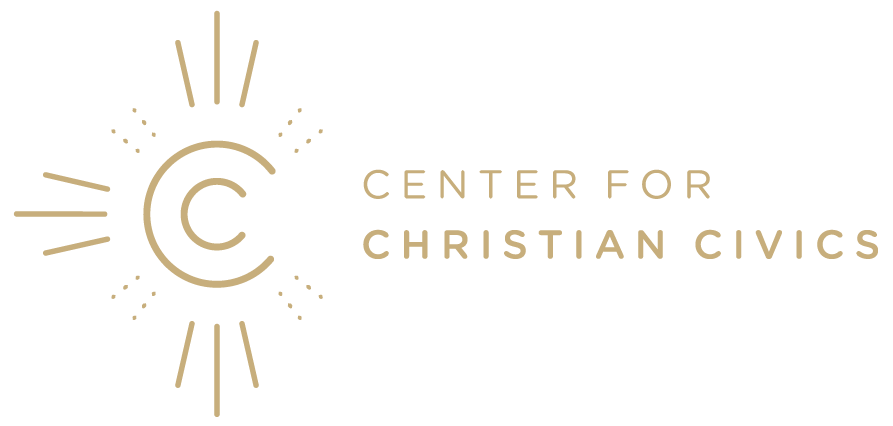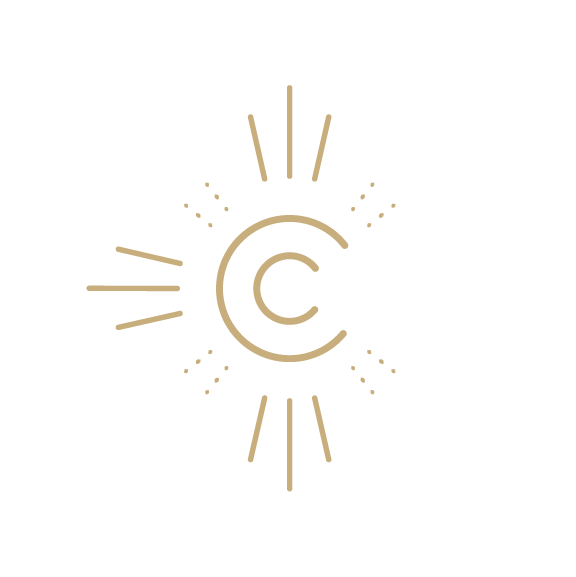The Weird, Patchwork Government of the United States
Many readers probably know the story of George Washington turning down an offer to be the first king of the United States. As the story goes, the war against Britain was drawing to a close, and the Continental Congress needed a lasting, effective way to maintain unity among the American colonies and establish a functioning government. Naturally, the thinkers and politicians of the Congress turned to the man who had thus far inspired that very unity: They sent a dispatch to George Washington, Commander-in-Chief of the Continental Army, asking that he accept the office of king.Striking a blow against tyranny everywhere, Washington turned down the offer, and was instead voted into office as our first president.The story, though fun, is probably fantasy. There is no record of the Continental Congress offering Washington—or anyone else—a throne. The United States were never going to be a monarchy—which is actually more surprising than most of us in 2015 might think.At the time of the American Revolution, the only contemporary outline for government was one ruled by some type of prince, and the thirteen colonies teemed with people who were used to a monarchical system, and even took a monarchy for granted. Nevertheless, a confluence of factors prohibited monarchy in the colonies: The tenor of the Declaration of Independence was pitched against the idea of kingly rule; the colonies had no accessible princely family; and the Enlightenment attitude that unified many of the founding fathers gave them confidence in the possibility of self-rule.Instead of replicating the British model, the framers of the constitution drew up a government that has been called many things—republican, democratic, federal, constitutional—almost anything but a monarchy. We hear these words a lot in campaign speeches, on the news, in attack ads and even recite some of them with the Pledge of Allegiance. No one of these words can fully describe the U.S. system of government. On the contrary, we hear so many of these terms so often because our government is, like us, a melting pot.We are not a democracy in the truest sense, the way the founding fathers would have imagined classical Athens, in which every voter cast one vote. Pure, or direct, democracy is true rule by the people, but the U.S doesn’t have that. We elect representatives—senators or members of Congress at the state and federal level—who make the actual governing decisions on our behalf.These representatives are a key feature of a republic, but the United States isn’t precisely that either. In modern times, "republic" is often interchangeable with "not a monarchy," so you could say that any type of democracy is also a republic. In a more technical sense, one common definition of a republic is a “representative democracy,” a democracy, like ours, in which voters elect officials to debate and vote in some kind of legislative body. It’s the votes of the officials that decide policy and practice. And while this could be an accurate view of how part of our national government and most state governments function, many states also exercise direct democracy in the form of public referendums.So what are we? The phrase “democratic republic” is a favorite among some legal scholars, and it’s a fairly useful descriptor. But we’re also federal, with a central government functioning in conjunction with disparate local governments. We're constitutional, with our founding document setting the rules by which our laws and government must abide. We're a hodgepodge of methods, styles and systems, drawing from a wide range of traditions, so a wide range of names can be given to our country's political process.The one thing you can't call it—contrary to the attractive tale about the Father of our Country—is a monarchy.


